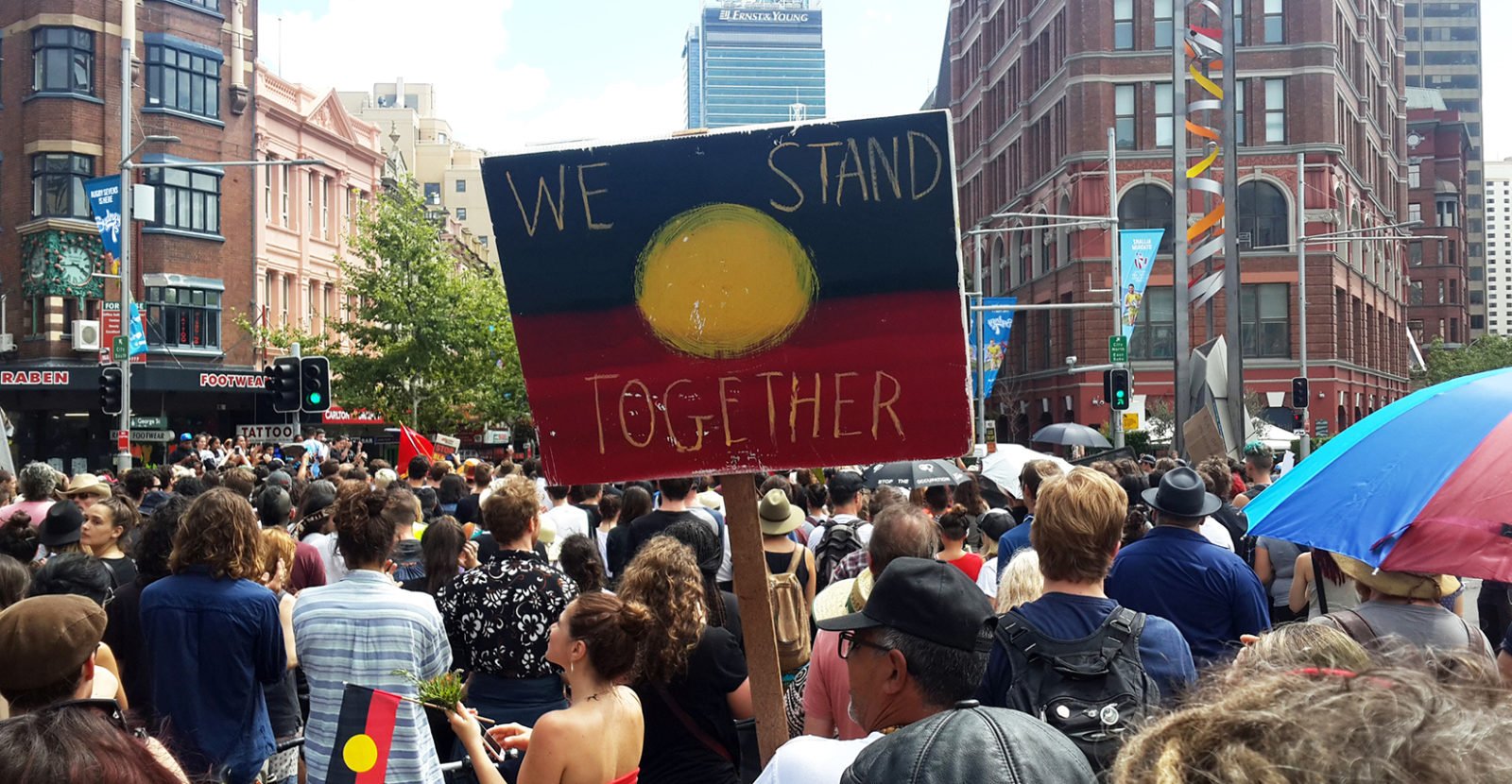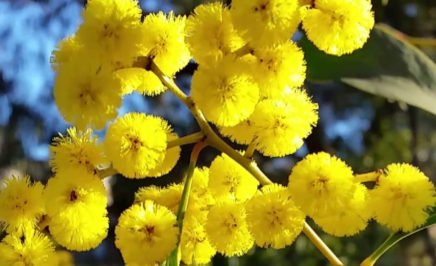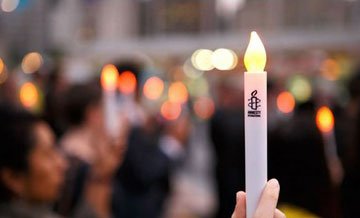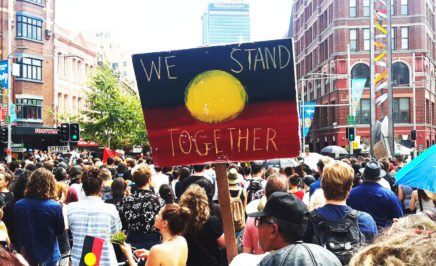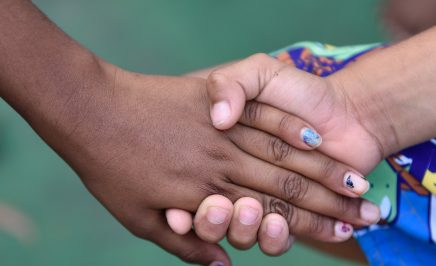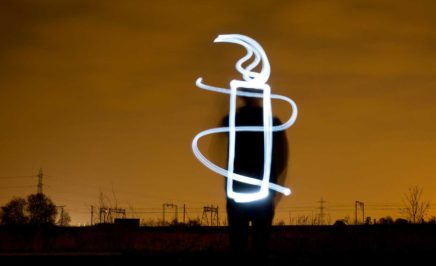Is there any more Australian sign of spring than wattle trees blossoming across the country, our national flower’s bright yellow blooms against the green of its leaves, the inspiration for our Australian colours of green and gold?
Acacia pycnantha, otherwise known as Golden Wattle, has earned its status as our national floral emblem: it symbolises May Gibbs’ Little Ragged Blossom; the green and gold garb of our cricket team; it signifies the golden sands of our beaches and the green of our gum trees.
This and many other reasons, is why Australia Day, our national celebration of who we are as a nation, should move from 26 January to 1 September – Wattle Day.
The first of September is the first day of Spring, marking a time of birth, fresh beginnings, and the start of barbecue weather. It would provide us with a day to celebrate what we really love about our beautiful country including the beaches, rivers, native flora and fauna.
227 years of suffering
January 26 marks the day in 1788 that Captain Arthur Phillip invaded the Eora Nation, landing in Sydney Harbour and claiming the lands of Indigenous peoples in the name of the British Empire. It marks the start of 227 years of suffering and loss, massacres of hundreds of thousands of people, and of the removal of tens of thousands of children from their mothers’ arms.
It is the height of insensitivity and hypocrisy to celebrate Australia’s nationhood on such a date, and Aboriginal and Torres Strait Islander peoples have voiced their protest to it since the 1880s.
Ongoing protests
Notable protests include the 1938 ‘Day of Mourning’ protest conference and march, the day the Aboriginal Tent Embassy started in Canberra in 1972, and the day 40,000 people marched in Sydney in protest to the ‘Let’s Celebrate ‘88’ bicentennial celebration. It was also the day in 1992 when the first resistance concert was organised in La Perouse, Sydney.
With a history like this and ongoing protest, the day can never unite us. Instead it will always remind us of the atrocities that happened and are continuing to happen to Aboriginal and Torres Strait Islander people.
Wattle Day, on the other hand, acknowledges the natural beauty of this land, which, like Aboriginal and Torres Strait Islander people, is ancient. This would be more sensitive to Indigenous peoples, and it would bring unity, in celebrating the natural beauty of our lands and waters.
Change the date
Changing the date of Australia Day is possible. We only have to look to the USA for inspiration, where the similarly insensitive ‘Columbus Day’ is no longer observed in Hawaii, South Dakota, Alaska and Oregon. South Dakota has actually changed the day to ‘Native American Day’ and the city of Berkeley in California, followed by a number of other cities, renamed it ‘Indigenous Peoples’ Day’.
The last time changing the date was discussed on a political level was in 2009 when Mick Dodson was named Australian of the Year. He used the opportunity to urge national debate on changing the date of Australia Day, saying that the use of January 26 as Australia Day alienates Aboriginal and Torres Strait Islander people.
At the time, even Kevin Rudd, who as Prime Minister had apologised to the stolen generations and signed the Declaration on the Rights of Indigenous Peoples, responded, “Let me say a simple, respectful, but straightforward ‘no’.”
Opposition Leader Malcolm Turnbull also would not enter into a conversation, saying “People have been arguing this for a long time. Mick Dodson is nowhere near the first that’s made that case. I think Australia Day, and I’m sure most Australians agree, is very appropriate today.”
I believe that, half a decade on, we as a nation have matured enough to take up the the conversation again.
National symbols matter, and it is time for us to celebrate as a nation in a way that unites rather than divides us, under the green and golden branches of the wattle tree.
